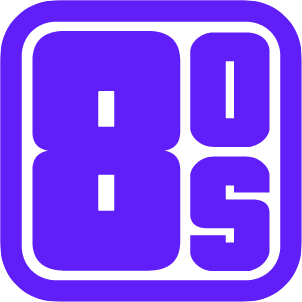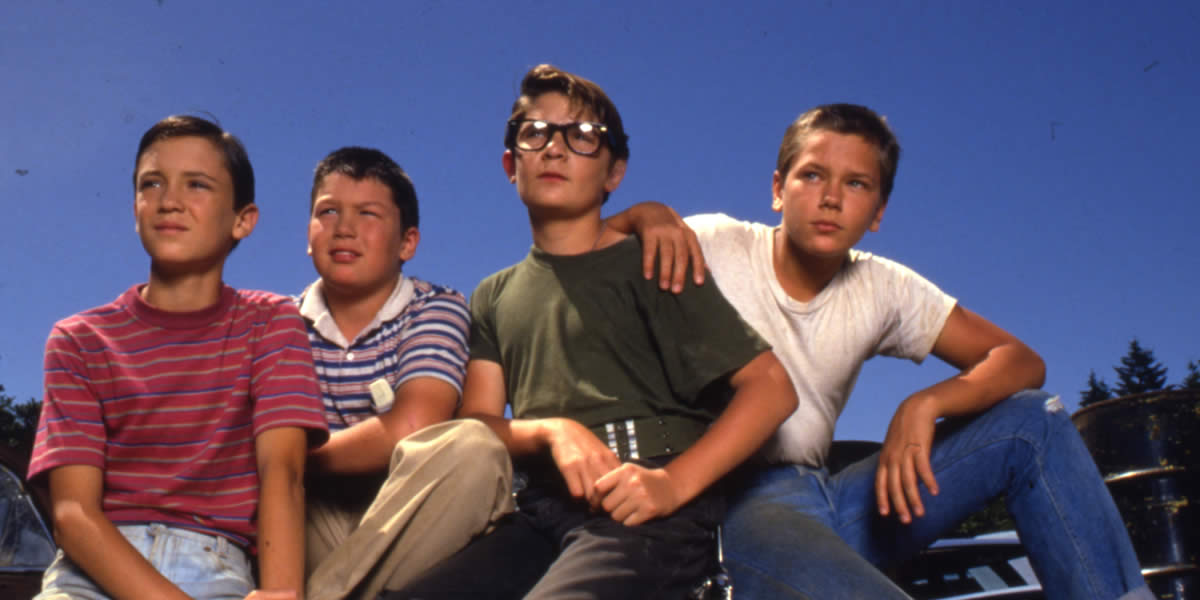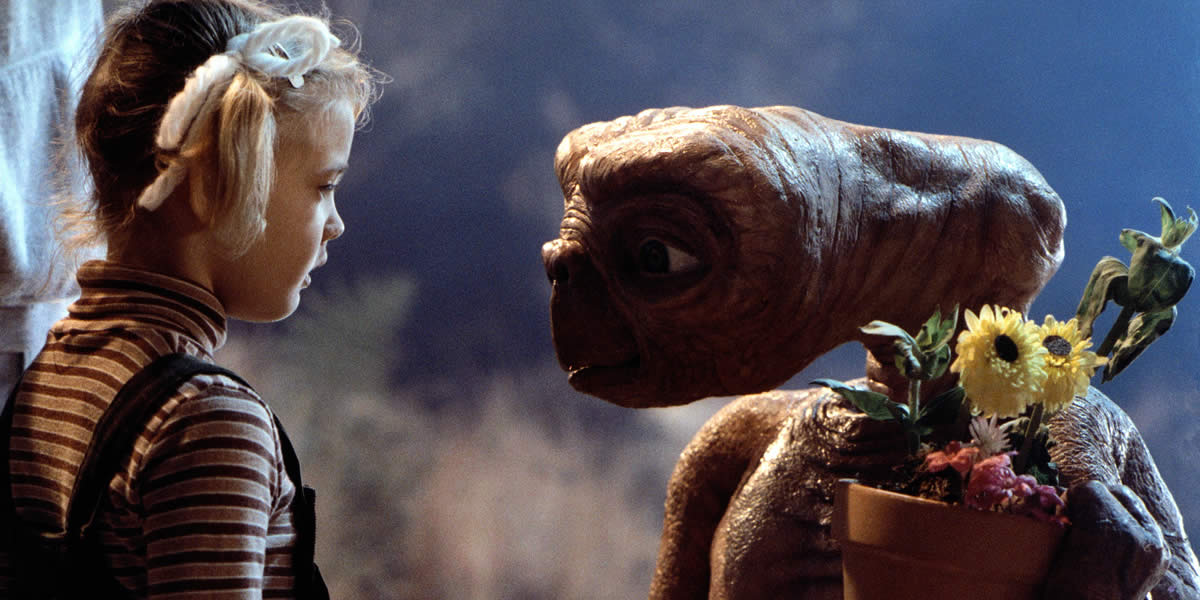A wild, emotional, neon-drenched dive into Blade Runner — the 80s sci-fi cult classic that still haunts our dreams.
Let’s hop in the DeLorean for a sec and rewind to the 1980s. It was a neon-lit, synth-blasted, big-haired decade full of imagination and… weirdly specific anxieties about the future. The Cold War buzzed like a bad fluorescent light, arcades were the place, and somehow everyone looked awesome in aviators. And in the middle of that electric storm of pop culture came Blade Runner—a moody, philosophical, rain-soaked beast of a film that didn’t just fit into the 80s… it defined a corner of it.
I mean, you’ve got flying cars. You’ve got trench coats that make you feel like a noir detective and a space cowboy. You’ve got synth music that feels like someone plugged your soul into a keyboard. Blade Runner wasn’t just a movie—it was a full-body experience. One of those 80s sci-fi masterpieces that made people sit back and go, “Wait… do robots dream?”
And let me tell you: if the 80s had a personality, this movie would be its brooding, cigarette-smoking, poetry-writing alter ego.
Yeah, it was that cool.
And weird. And brilliant.

Basic Info for the Curious
- Title: Blade Runner
- Release Date: June 25, 1982
- Director: Ridley Scott
- Main Cast:
- Harrison Ford as Rick Deckard
- Rutger Hauer as Roy Batty
- Sean Young as Rachael
- Edward James Olmos as Gaff
- Genre: Sci-Fi / Neo-Noir / Drama
- Runtime: 117 minutes
- Box Office: Around $41 million (modest by blockbuster standards)
- Home Release: VHS arrived in 1983, and it’s been everywhere since—LaserDisc, DVD, Blu-ray, streaming… five different cuts and counting.
So What’s It About? (No Spoilers, Pinky Promise)
At its core, Blade Runner is a futuristic detective story wrapped in deep existential questions and sprinkled with acid rain. It’s Los Angeles, 2019 (lol), but instead of sunny palm trees, the city looks like a wet, metallic jungle with giant video ads blinking in your face.
Rick Deckard, a weary ex-cop (played with just the right amount of “I’m tired but hot” by Harrison Ford), is dragged out of retirement to hunt down rogue replicants—bioengineered humans who’ve escaped from their off-world slave gigs and returned to Earth. Why? That’s part of the mystery.
These replicants aren’t your average baddies, though. They’re emotional, desperate, and maybe… more human than humans?
The movie becomes this smoky, synth-heavy exploration of what it means to be alive, to remember, to fear death, and to long for more time. There are gunfights, sure. But don’t expect constant explosions—Blade Runner moves like a slow jazz riff: moody, atmospheric, and unexpectedly heart-wrenching.
The 80s Were Wild—Here’s How Blade Runner Made Them Wilder
So, here’s the thing: 80s sci-fi wasn’t always subtle. You had movies with talking cars, bug-eyed aliens, and Schwarzenegger shouting about time travel. Blade Runner showed up to that party wearing black eyeliner, chain-smoking clove cigarettes, and quoting poetry.
This movie wasn’t just different—it felt like a message from the future.
The Look, The Feel, The Vibe
The aesthetic? Absolutely iconic. That blend of future tech with vintage noir style became known as cyberpunk, and Blade Runner practically invented the visual language of it. Massive cityscapes, smog-drenched alleys, neon signs in a dozen languages. It made dirty, broken futures look weirdly sexy.
It influenced video games (Cyberpunk 2077, Deus Ex), music videos (any 80s synthpop band, really), anime (Ghost in the Shell, Akira), and even fashion (trench coats made a comeback, baby). Teens were drawing replicants in their notebooks and humming Vangelis tracks in art class.
Quotes That Slapped
“Like tears in rain.”
Just that line. It lives in my brain rent-free. Delivered by Rutger Hauer in what might be the most haunting monologue of the decade.
Also, let’s not forget the unicorn dream. Or Gaff’s little origami figures. Or Rachael’s hair (my GOD, the volume). Every frame was dripping with meaning—or at least looked insanely cool while pretending to.
80s Sci-Fi Royalty
Blade Runner sat on a strange throne in the 80s—part cult classic, part misunderstood genius. It wasn’t the biggest hit right away (more on that in a bit), but if you knew, you knew. It was the thinking person’s sci-fi. The emo cousin of Star Wars. And decades later, we’re still quoting it, remixing it, and arguing online about whether Deckard is a replicant.
Because of course we are.
Making Blade Runner: The Beautiful, Rainy Nightmare
Oh boy. The making of this movie? A whole drama on its own.
Ridley Scott had just come off Alien—another 80s sci-fi juggernaut—and wanted to do something even more ambitious. The script was loosely based on Philip K. Dick’s novella Do Androids Dream of Electric Sheep?, which is an amazing read but also completely bananas.
Filming was… let’s call it “turbulent.” The budget ballooned, the crew was miserable (they called it “Blood Runner” behind the scenes), and there were legendary creative clashes—especially between Scott and the crew, and even Ford. Apparently, Ford was not a fan of the voiceover narration they added later, and honestly, same. The original theatrical cut felt like it was trying to spoon-feed you deep thoughts while also confusing the heck out of you.
But the Set? Stunning.
They filmed in Los Angeles—classic studio backlots and a bunch of miniatures for the skyline. That cityscape you see? Mostly models, smoke, and old-school lighting tricks. No CGI. Just raw 80s magic.
The music? Pure vibe. Vangelis delivered a synth score that could make a robot cry. It’s ambient, emotional, and the absolute soul of the film. Go listen to it with headphones while walking in the rain—you’ll feel like the main character in a noir opera.
From “What the Heck?” to “Masterpiece”
So… the world didn’t get Blade Runner at first.
Critics were divided. Audiences were confused. It came out the same summer as E.T. and The Thing, and let’s just say those were slightly more crowd-friendly.
But then something funny happened.
Over the years, fans kept watching. And rewatching. And arguing about it on message boards. And suddenly this slow, strange movie was everywhere. It was showing up in film classes, inspiring artists, and getting re-released with new cuts (seriously, there are like five).
Cult Classic? Try Cult Legend.
People started to love this movie for its ambiguity. Its sadness. Its weirdness. It wasn’t trying to explain everything—it just wanted you to feel something. And boy, did it deliver.
Then came Blade Runner 2049, the gorgeous, tragic sequel starring Ryan Gosling (who somehow manages to look even more existentially exhausted than Ford). That film paid homage to the original while expanding the universe—and honestly, it might be the best sequel ever made.

FAQ: You Got Questions? Let’s Go
Q: Is Blade Runner hard to follow?
A little, yeah. But in the best way. It’s a slow burn, not a fireworks show. Just go with the vibe.
Q: Which version should I watch?
The Final Cut. Trust me. It’s Ridley Scott’s true vision, minus the weird narration and bad endings.
Q: Is Deckard a replicant?
Maybe. Maybe not. That’s the whole point. (But I have opinions.)
Q: Why is Blade Runner considered important?
Because it changed sci-fi. Forever. It asked deep questions in a beautiful, haunting way.
Q: Is it a good movie to watch today?
Absolutely. It holds up like crazy. Maybe even more now, in our tech-obsessed, screen-drenched world.
Why You Should Absolutely Watch This 80s Sci-Fi Gem
Blade Runner isn’t just a movie you watch. It’s a movie you feel. It’s not about space battles or alien invasions. It’s about memory, identity, loneliness, and the way rain can sometimes feel like a soft blanket over a hard truth.
It’s one of the most emotionally complex films of the 80s—a decade not always known for subtlety. And yet here it was, whispering questions into our ears while everyone else was shouting them through lasers.
This film is still speaking to us. Maybe even louder now. In an age where artificial intelligence is no longer sci-fi, where technology is embedded in our very selves, the movie’s core questions—what makes us human? what’s real?—feel eerily relevant.
So if you’ve never seen it, or if it’s been a while, do yourself a favor. Grab some popcorn. Dim the lights. Let the synths wash over you. And get ready to step into a rainy, neon 80s dream that might just change the way you look at the world.
And hey—don’t forget your trench coat.





